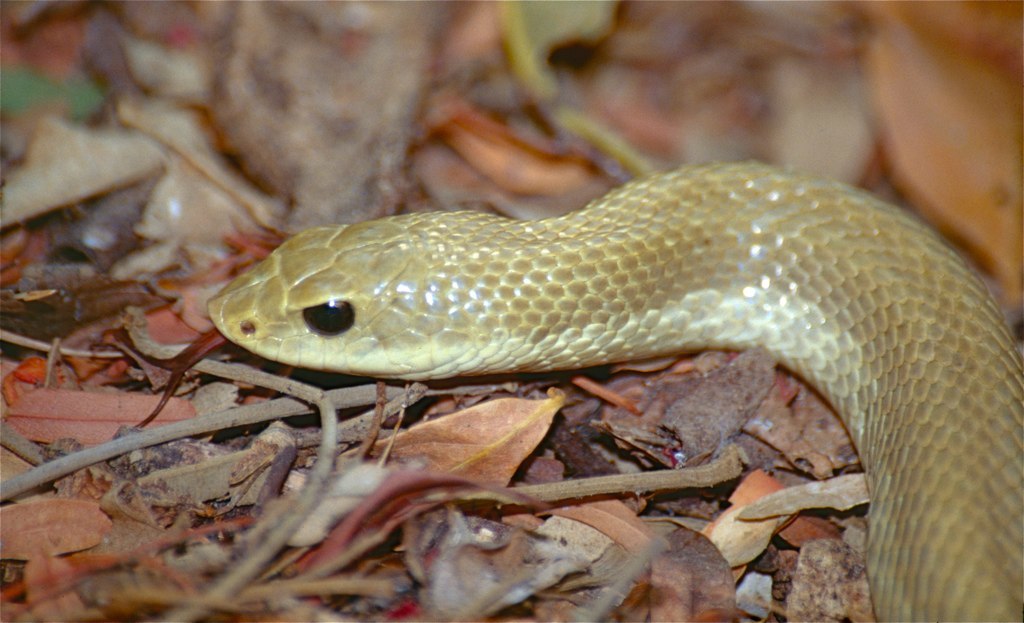In the diverse world of reptiles, some species have evolved extraordinary defensive mechanisms that defy our conventional understanding of snake behavior. While most people instinctively fear a snake’s venomous bite, there exists a remarkable serpent that has developed a completely different approach to self-defense. The Western Hognose Snake (Heterodon nasicus) employs a peculiar head-butting tactic rather than immediately resorting to biting when threatened. This unusual behavior, combined with its dramatic defensive displays and unique physical adaptations, makes the Western Hognose one of the most fascinating and misunderstood snakes in North America. This article explores the remarkable world of this head-butting snake, examining its distinctive behaviors, physical characteristics, and ecological significance.
The Western Hognose Snake: An Overview

The Western Hognose Snake (Heterodon nasicus) is a small to medium-sized colubrid snake native to North America, primarily found throughout the central United States, southern Canada, and northern Mexico. Typically growing to lengths between 15 and 30 inches, these snakes possess stocky bodies with distinctive upturned snouts that resemble little hogs’ noses—hence their common name. Their coloration varies widely, from yellows and tans to browns and grays, often adorned with dark blotches that create beautiful patterns along their bodies. Despite their somewhat intimidating appearance to the uninitiated, Western Hognose Snakes are considered harmless to humans and are actually beneficial predators in their native ecosystems, primarily controlling rodent and amphibian populations.
The Distinctive Upturned Snout
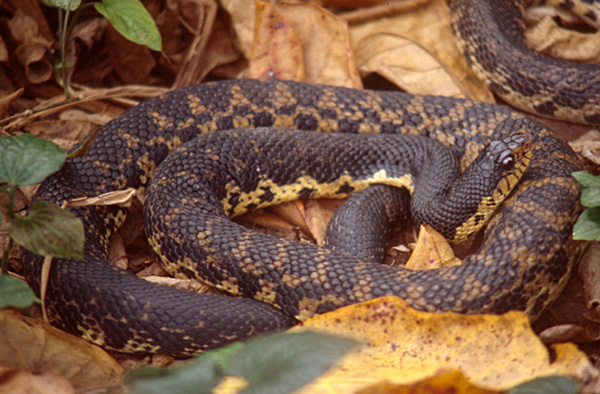
The Western Hognose Snake’s most defining physical feature is its specialized upturned snout, which serves as a multipurpose tool critical to its survival. This modified rostral scale forms a hardened, shovel-like projection that the snake uses primarily for digging through sandy or loose soil when hunting for prey or creating burrows. When foraging for toads—their preferred meal—the specialized snout helps them excavate prey that may be buried just beneath the surface. The reinforced structure of this nose adaptation also plays a crucial role in their unique defensive head-butting behavior, allowing them to strike with the hardened tip rather than biting. Interestingly, this adaptation represents a remarkable example of evolutionary specialization, where a physical trait serves multiple essential functions in the animal’s life history.
Head-Butting: The Primary Defense Mechanism

When threatened, the Western Hognose Snake employs a surprising tactic that differentiates it from most other snake species—instead of immediately biting, it performs a series of bluff strikes with its closed mouth, essentially head-butting its perceived aggressor. During this display, the snake will inflate its neck, hiss loudly, and launch forward with incredible speed, but remarkably, it keeps its mouth firmly shut throughout these strikes. This head-butting behavior serves as an effective startle response that often gives the snake enough time to escape while the threat is momentarily confused or distracted. Researchers believe this unusual defense mechanism evolved as an energy-conserving alternative to biting, allowing the snake to reserve its limited venom resources for hunting rather than defense.
The Theater of Death: An Oscar-Worthy Performance
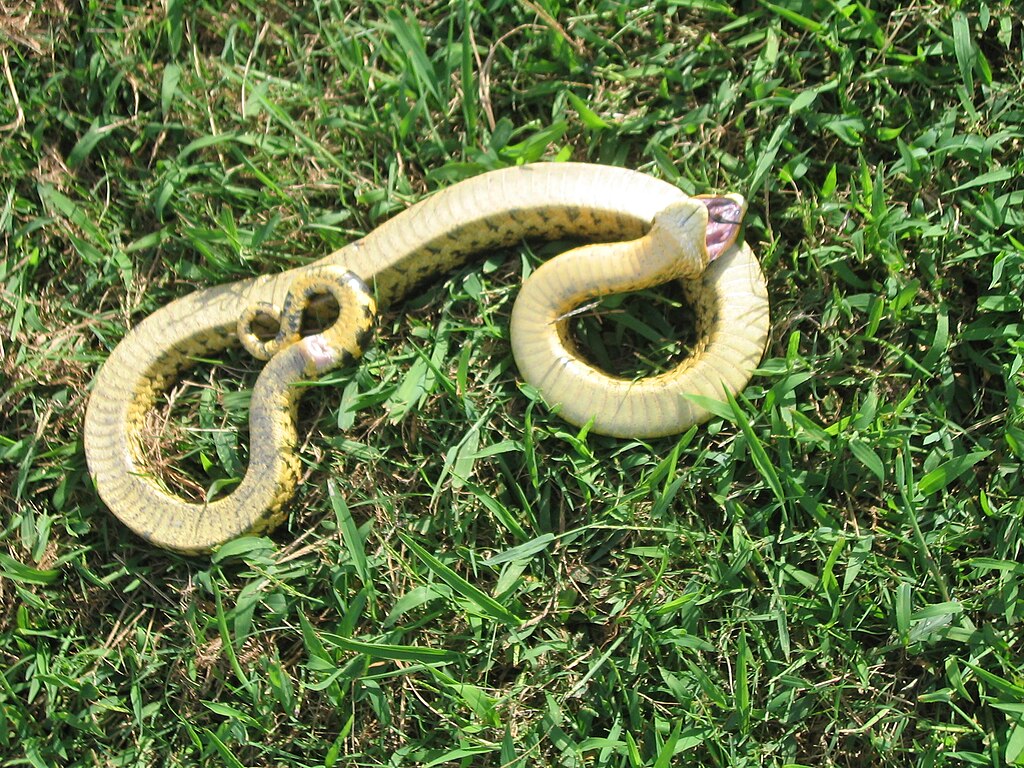
If head-butting fails to deter a potential predator, the Western Hognose Snake escalates to one of the most dramatic displays in the reptile world—the infamous “death feigning” performance. When truly threatened, these snakes will roll onto their backs, open their mouths, extend their tongues, and emit a foul-smelling musk while writhing dramatically before going completely limp, mimicking death with remarkable conviction. This theatrical display can last anywhere from a few minutes to over an hour, and the snake commits fully to the act—if turned right-side up during this performance, it will immediately flip itself back onto its back to maintain the illusion. The effectiveness of this strategy lies in the fact that many predators lose interest in prey that appears dead, particularly when it emits an unpleasant odor suggesting decomposition.
Venom Status: Rear-Fanged and Mild
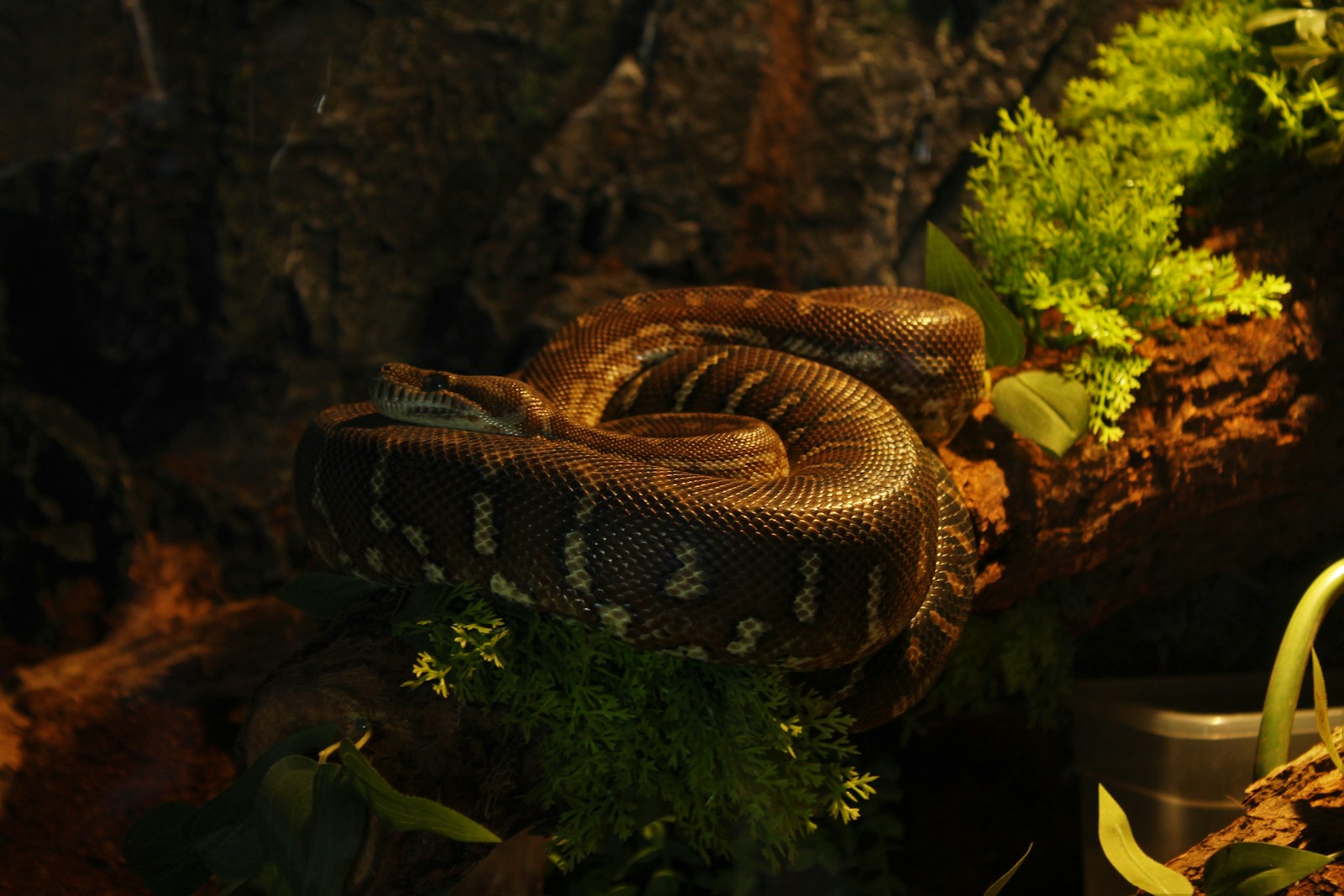
Contrary to popular misconceptions, Western Hognose Snakes are technically venomous, though they present virtually no danger to humans. These snakes possess enlarged, grooved teeth at the rear of their upper jaw that can deliver a mild venom primarily evolved to subdue their amphibian prey. Unlike front-fanged venomous snakes like rattlesnakes or cobras, their rear-fanged delivery system is inefficient for defense, which likely contributed to the evolution of their alternative defensive tactics like head-butting. In the rare event that a Western Hognose does bite a human—usually only happening when they mistake a finger for food—reactions are typically limited to minor localized swelling or itching similar to a mild bee sting. Their classification as venomous primarily remains a technical distinction relevant to herpetologists rather than a practical concern for humans interacting with these snakes.
Dietary Specialization: Toad Enthusiasts

Western Hognose Snakes have evolved a remarkable dietary specialization, with toads constituting a significant portion of their natural diet—a preference that few other snake species share. This specialized feeding habit is supported by several adaptations, including enlarged rear teeth that help puncture the inflated bodies of toads and a remarkable resistance to the bufotoxins that make toads poisonous to most other predators. Their upturned snout proves invaluable in hunting, allowing them to effectively dig out toads that burrow into soil or sand to escape predation. In captivity, Western Hognose Snakes display more dietary flexibility, readily accepting rodents, which has contributed to their popularity in the pet trade despite their natural preference for amphibians.
Habitat and Geographic Distribution

Western Hognose Snakes thrive in environments characterized by well-drained, loose soils that facilitate their digging behaviors, making them particularly well-adapted to grasslands, prairies, and semi-arid regions across North America. Their range extends throughout the Great Plains from southern Canada through the central United States and into northern Mexico, with populations particularly abundant in states like Nebraska, Kansas, Oklahoma, and Texas. These snakes show a marked preference for sandy or gravelly substrates where their specialized snouts can be employed most effectively for both hunting and creating shelter. Interestingly, their distribution often overlaps with the ranges of various toad species, their preferred prey, demonstrating how their evolution has been shaped by this dietary specialization.
Reproduction and Life Cycle
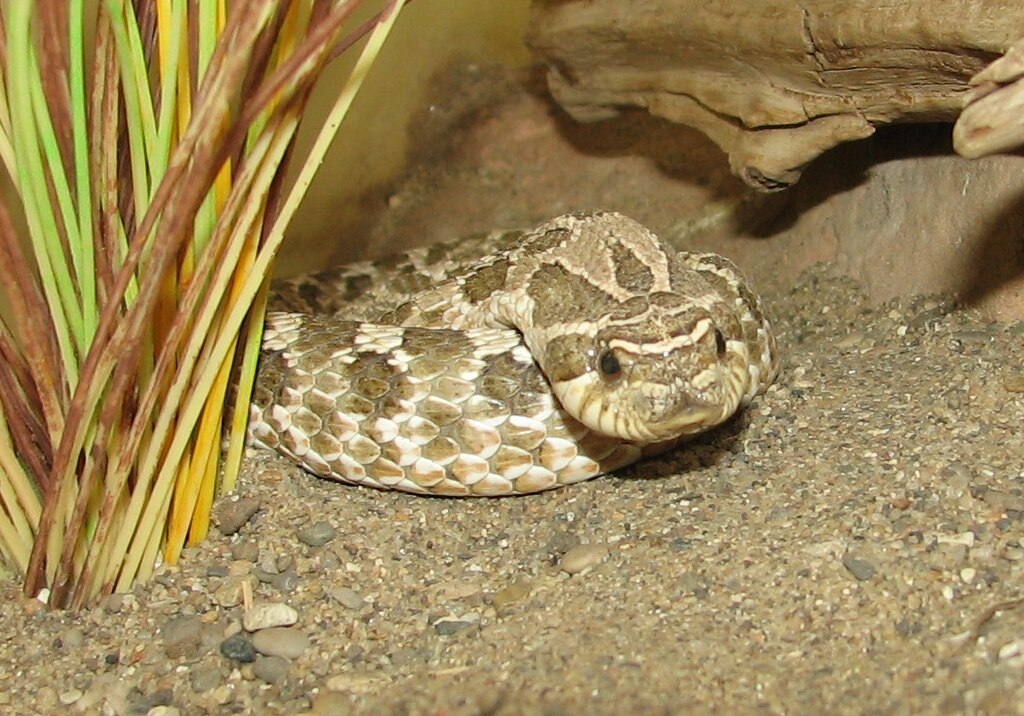
Western Hognose Snakes are oviparous, meaning females lay eggs rather than giving live birth to their young. Mating typically occurs in spring after emerging from winter brumation, with females laying clutches of 4-23 eggs in late spring or early summer, usually in buried nests or under rocks where conditions provide optimal temperature and humidity. After an incubation period of approximately 6-8 weeks, hatchlings emerge measuring about 5-7 inches in length, already equipped with their characteristic upturned snouts and instinctive defensive behaviors, including the ability to head-butt threats. Young Western Hognose Snakes reach sexual maturity at about 2-3 years of age, with females typically growing larger than males, and can live 10-15 years in the wild and up to 20 years in captivity with proper care.
Conservation Status and Threats
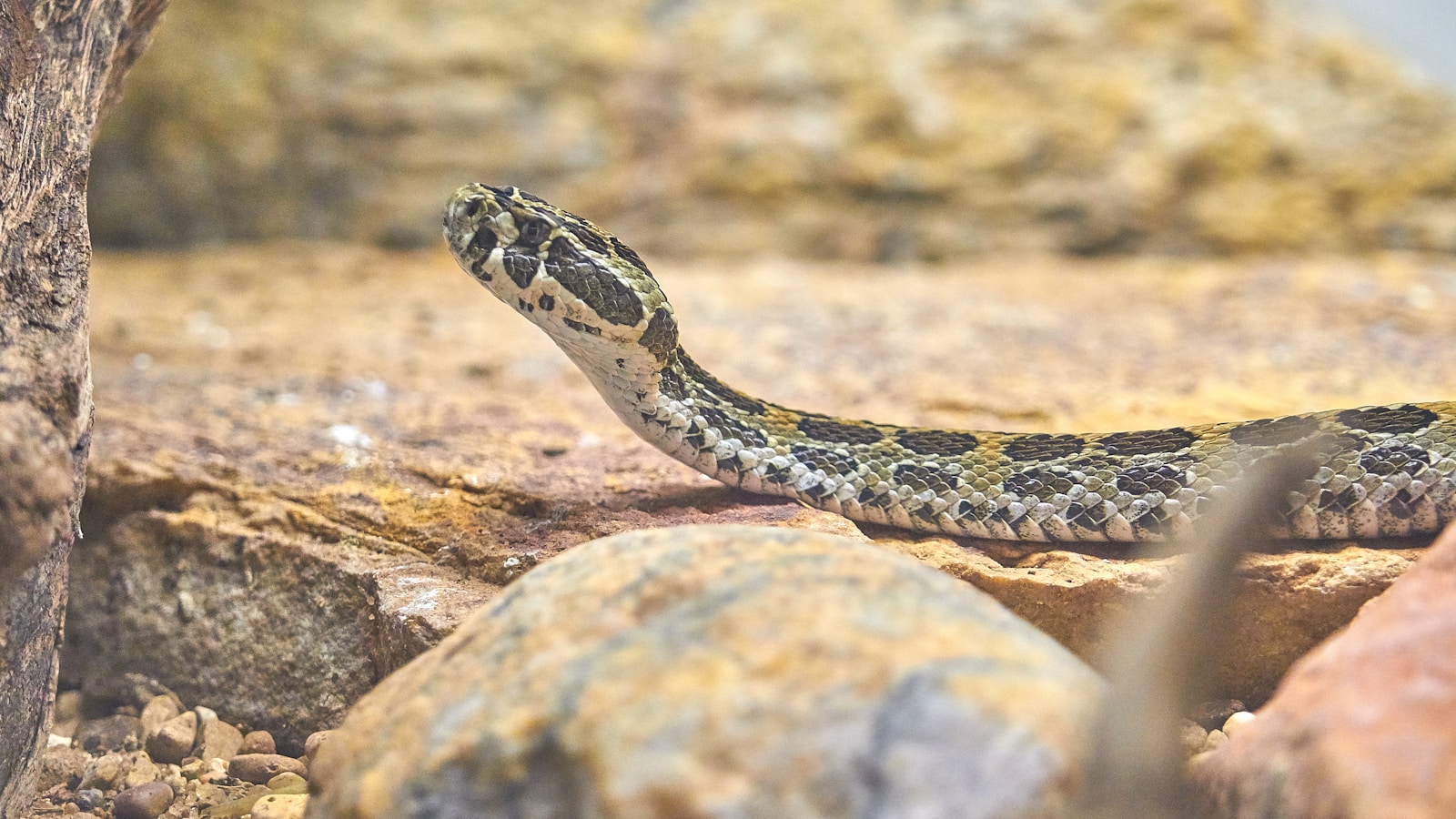
Although Western Hognose Snakes are not currently listed as endangered or threatened at the federal level in the United States, certain state populations face significant challenges that have led to local protections. Habitat loss represents the most serious threat to these specialized reptiles, as agricultural expansion, urban development, and energy infrastructure increasingly fragment and destroy the prairie ecosystems they depend upon. Road mortality constitutes another significant threat, as these snakes often cross roads during seasonal movements or while searching for mates, resulting in high casualties from vehicle strikes. Additionally, persecution based on misidentification as venomous species continues to impact populations, despite educational efforts by wildlife agencies to highlight their beneficial ecological role and harmless nature toward humans.
Hognose Snakes in Captivity

The unique behaviors and manageable size of Western Hognose Snakes have made them increasingly popular in the reptile hobby, where their dramatic defensive displays and specialized hunting adaptations can be observed up close. In captivity, these snakes thrive in terrariums with several inches of loose substrate that allows them to engage in natural burrowing behaviors, along with appropriate hiding spots and a thermal gradient that permits proper thermoregulation. While wild specimens predominantly consume toads, captive-bred individuals readily accept rodents, making their dietary requirements relatively straightforward compared to some other specialized feeders in the reptile world. Interestingly, their head-butting behavior and death-feigning displays often persist even in captive-bred specimens that have never encountered predators, demonstrating the deeply ingrained nature of these defensive adaptations.
Similar Species and Relatives

The Western Hognose Snake belongs to the genus Heterodon, which includes two other North American species: the Eastern Hognose Snake (Heterodon platirhinos) and the Southern Hognose Snake (Heterodon simus). All three species share the distinctive upturned snout and similar defensive behaviors, including head-butting and death-feigning, though with slight variations in execution and intensity. The Eastern Hognose tends to be larger and more variable in coloration than its western counterpart, while the Southern Hognose is typically smaller and more restricted in range, currently facing serious conservation challenges. Despite their superficial resemblance to certain venomous snakes like pigmy rattlesnakes or copperheads, genetic studies confirm that hognose snakes form a distinct evolutionary lineage adapted to specialized ecological niches focused on amphibian predation and fossorial (burrowing) lifestyles.
Cultural Significance and Common Misconceptions

Throughout their range, Western Hognose Snakes have accumulated various regional nicknames including “puff adders,” “blow snakes,” and “spreadhead snakes”—terms that unfortunately associate them with unrelated and dangerous African vipers or imply venomous capabilities they simply don’t possess. Many rural legends and folklore incorrectly claim these snakes are highly dangerous, with some communities believing their breath alone can be toxic—a misinterpretation of their defensive hissing displays. Native American cultures, however, often recognized the ecological value of these snakes, with some tribes incorporating hognose snake imagery into artwork representing transformation or survival through cunning rather than force. Modern educational efforts focus on dispelling harmful myths surrounding these beneficial predators, emphasizing how their head-butting behavior actually demonstrates their predominantly non-aggressive nature despite their intimidating defensive displays.
Conclusion: Appreciating Nature’s Unique Adaptations
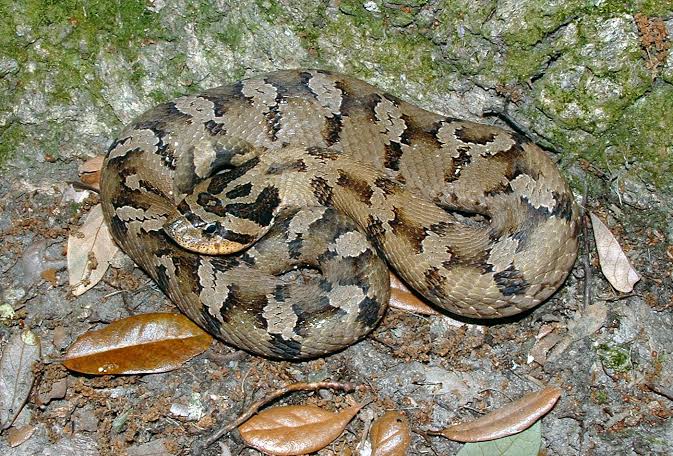
The Western Hognose Snake stands as a remarkable example of evolutionary specialization, where distinctive physical traits and behaviors have converged to create a unique ecological niche. Their preference for head-butting over biting illustrates nature’s diverse approaches to survival, demonstrating that not all defensive strategies need to be overtly aggressive to be effective. As we continue to study and understand these fascinating reptiles, they remind us that the natural world often defies our expectations, with solutions to survival challenges that can be both surprising and ingenious. By appreciating the Western Hognose’s peculiar adaptations and behaviors, we gain not only scientific knowledge but also a deeper respect for the incredible diversity of life strategies that have evolved on our planet—even those that involve reptilian drama and headfirst collisions rather than venomous bites.

